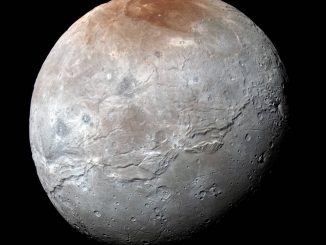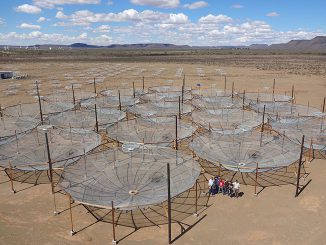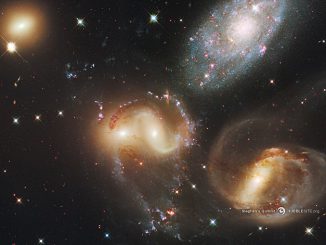
Astronomers capture best view ever of disintegrating comet
The sharpest, most detailed observations of a comet breaking apart have been captured with the NASA/ESA Hubble Space Telescope. The images suggest that the roughly 4.5-billion-year-old comet, named 332P/Ikeya-Murakami, may be spinning so fast that material is ejected from its surface. The resulting debris is now scattered along a 3,000-mile-long trail.









